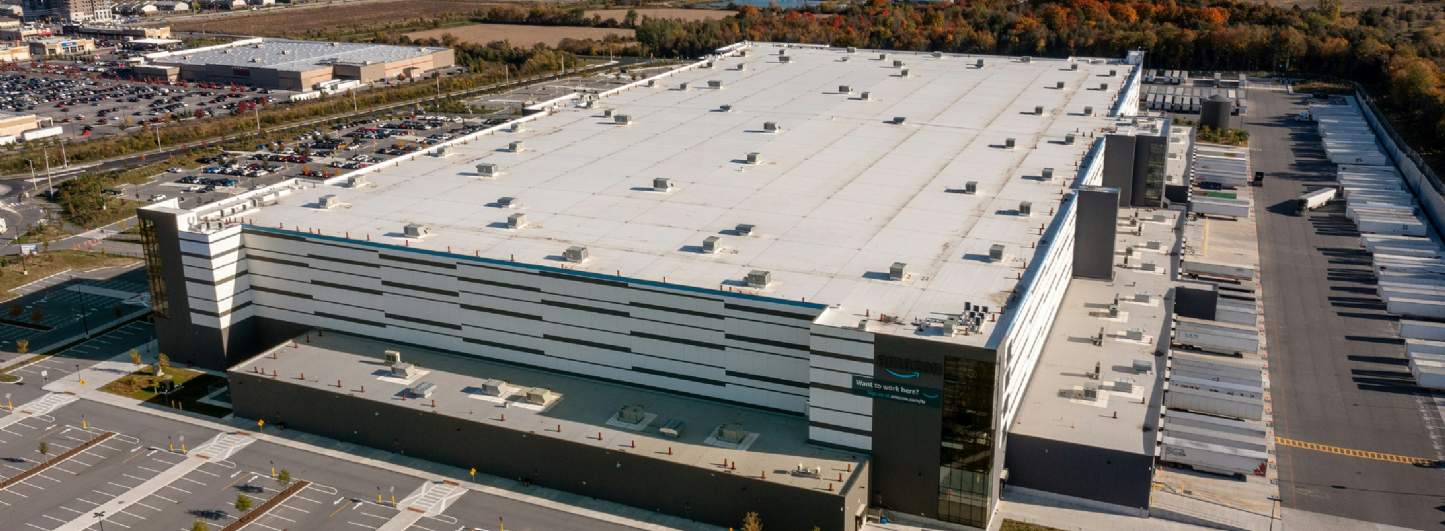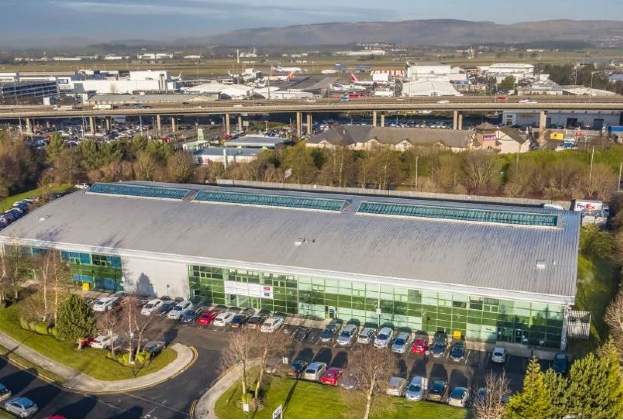In fact, the European AI market is expected to grow by 25.9% in 2024, with annual growth of 15.9% until 2030.
As a result, competition for suitable development sites is heating up, with land previously allocated for industrial & logistics use being taken by data centre operators. Should this trend continue, the speculative pipeline for warehouse space will decrease, constraining vacancy and, in turn, be a positive driver for continued rental growth across Europe.
The data centre market is poised for significant growth in the coming years, with forecasts indicating a substantial increase in demand particularly when it comes to Artificial Intelligence (AI).
Fierce competition for available land
Following a number of recent data centre deals, the real estate impact is becoming increasingly apparent. Historically the location of a data centre was closely aligned to the financial markets and fibre connections, but with the emergence of AI and cloud computing facilities are becoming increasingly location agnostic. Instead, they are driven by power availability and, ultimately, site deliverability.
This means that geographies that were previously unattractive to data centre operators are now being shortlisted for future developments. Indeed, in the UK over the last 12 months, we have seen deals in Yorkshire, Wales and the North East, whereas previously nearly all transactions were centred around London and the South East.
Rapid growth
At present, there are approximately 1,900 active facilities in Europe, representing a power capacity of around 8,000 megawatts (MW). 67% of this capacity is concentrated in just five countries: the UK, Germany, Ireland, the Netherlands and France. 63% of sites are colocation data centres, meaning they’re situated in core markets, close to main conurbations.
Looking ahead, expansion plans are set to accelerate. Over the next four years, Europe is expected to add 3,110 MW of data centre capacity, averaging a 9% growth rate, bringing the total to around 11,400 MW by 2028.
However, future supply is anticipated to be limited due to emerging laws and policies related to energy consumption, sustainability, and high land and construction costs. Hence, an increasing number of new locations with cheaper land and more abundant power are expected to emerge.
What does this mean for the industrial & logistics sector?
Looking at the UK, since the start of 2024 Savills has tracked over 415 acres of land deals to data centre operators. Nearly all of these sites have previously been promoted for industrial & logistics use and combined could have delivered 8.3 million sq ft of warehouse development, assuming normal development densities.
Typically the UK sees 8.7 million sq ft of speculative development per year, so already close to one years’ worth of potential new supply has been removed from the market. What’s more, warehouse units are getting larger and the ability to bring new sites through the planning system remains time consuming, expensive and often with an uncertain outcome. The increase in the number of data centres is, therefore, another reason why we think it is unlikely that the wider industrial & logistics market will see a development-led over-supply.
With this in mind, the data centre market is inadvertently limiting the potential for over-supply while providing essential infrastructure for the growth of AI. The knock on impact of this is the potential for higher than anticipated rental growth in locations where the development pipeline becomes more constrained.


.jpg)

.jpg)

.jpg)



.jpg)